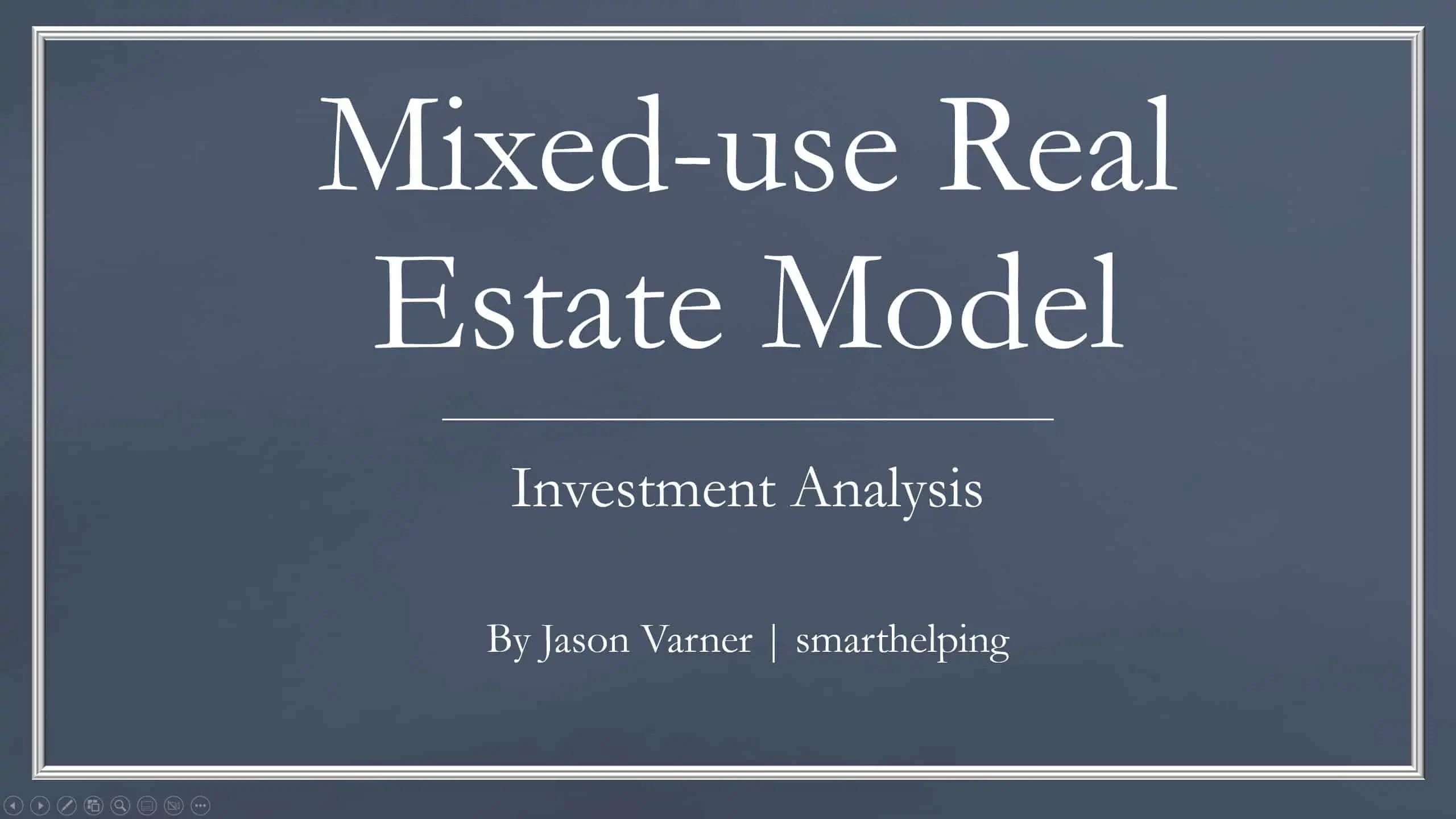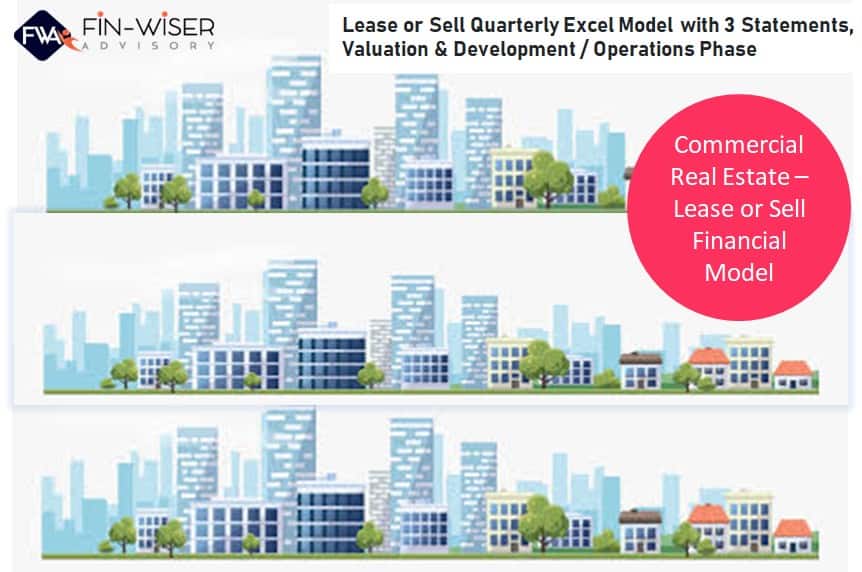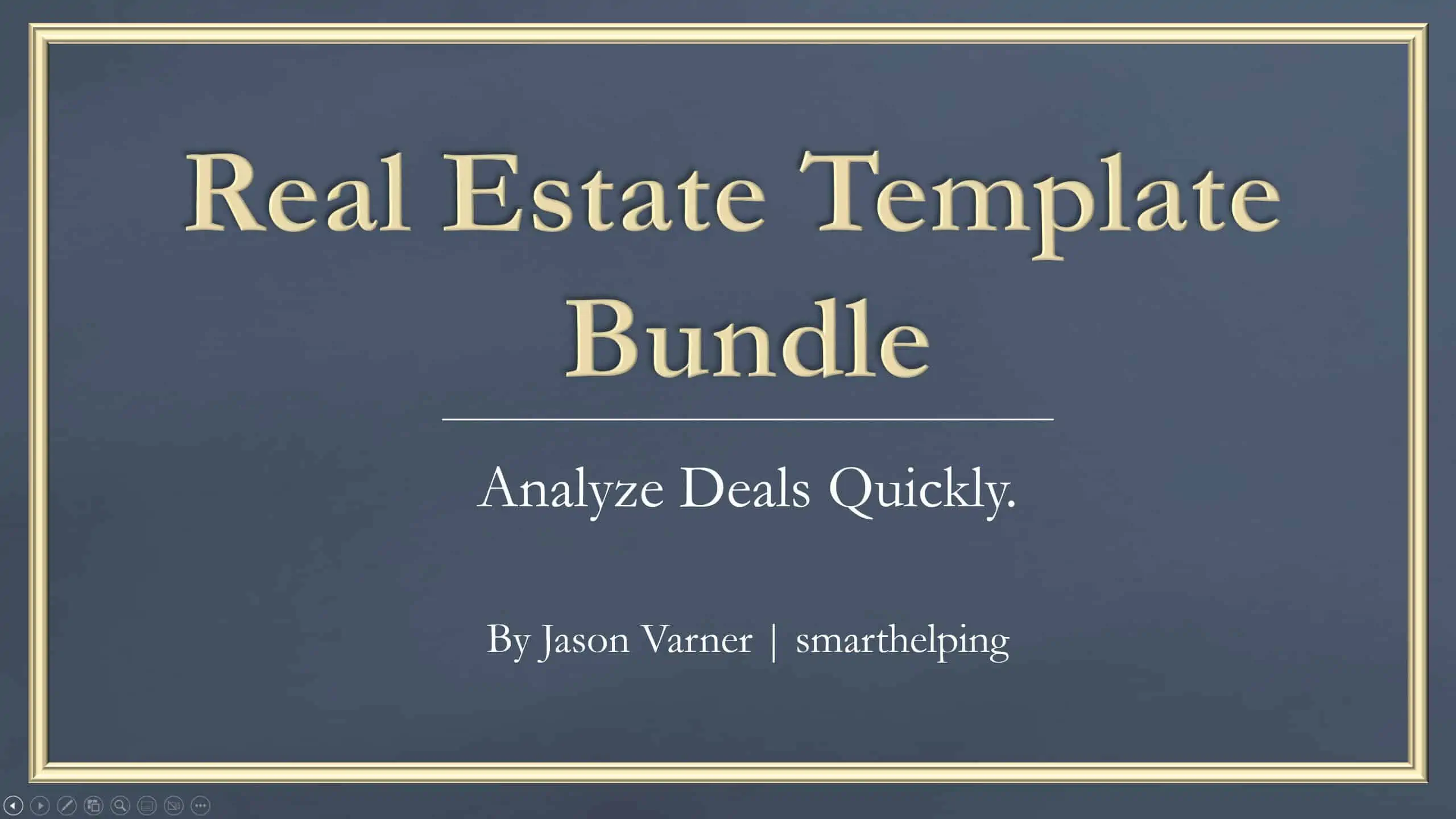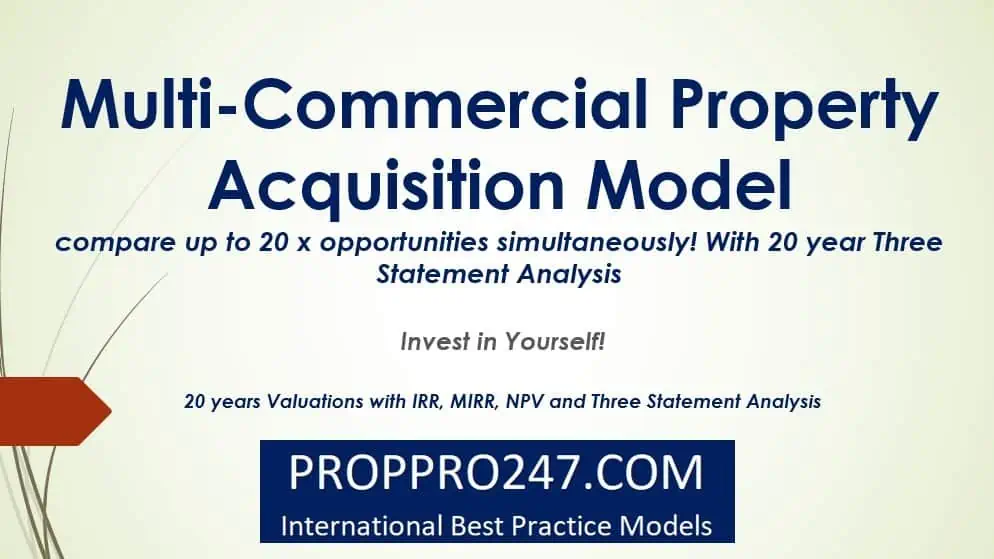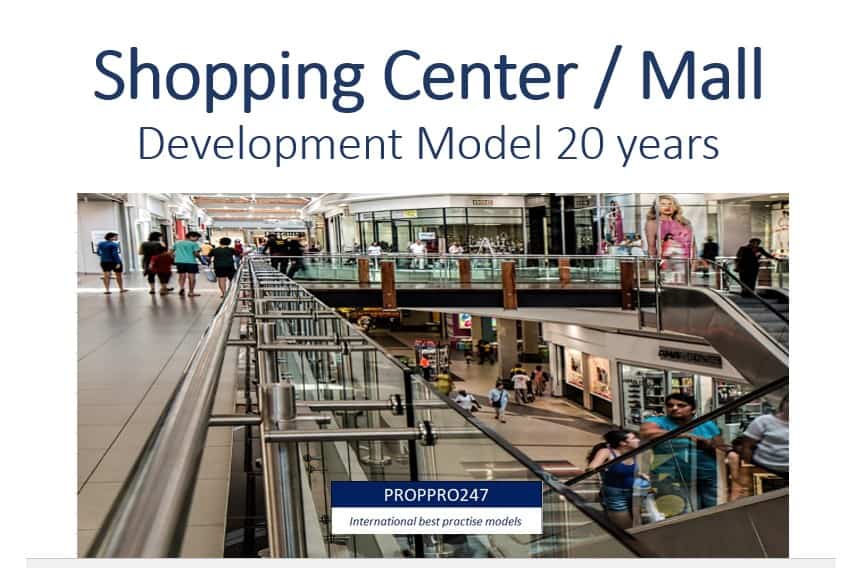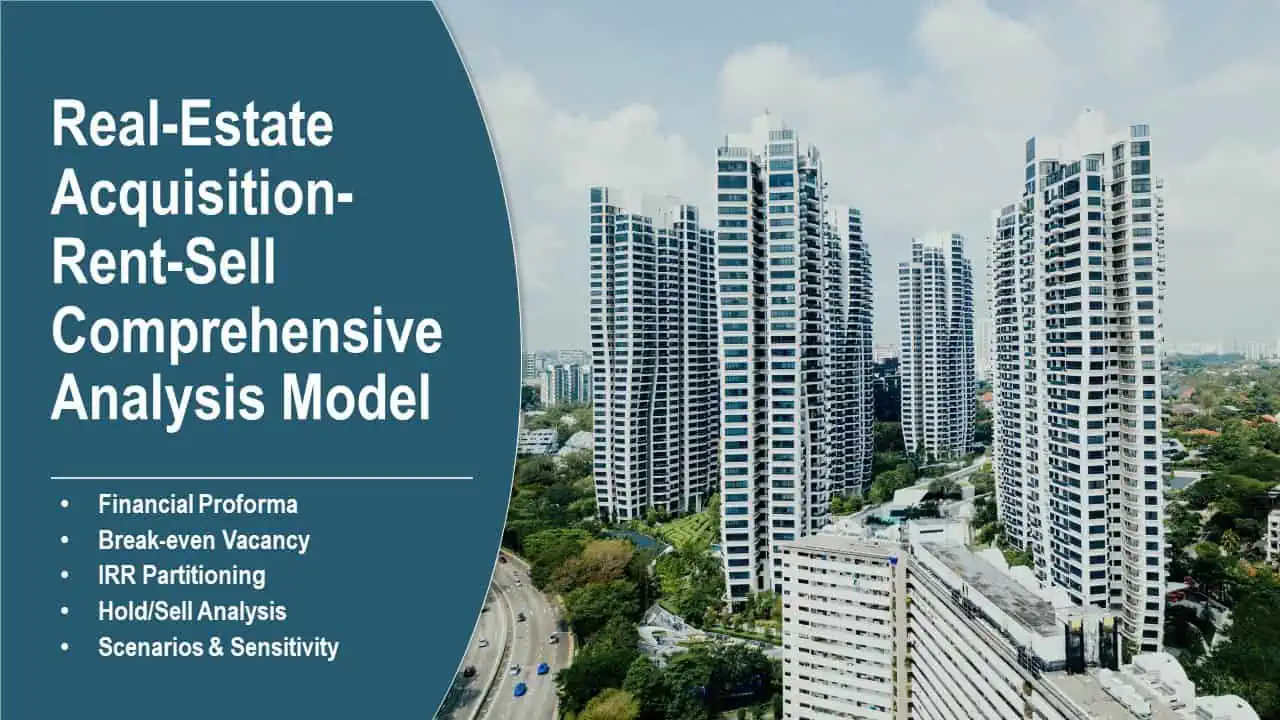Warehouse Development Financial Model
A professional model for warehouse (industrial building) construction (build – hold – sell)

This is a detailed, well-structured and transparent cash flow model for the development of a stabilized warehouse (industrial) building. The model features clear navigation, color codes, and error checks and includes the following investment stages:
1. Acquisition. This can be e.g. an initial purchase of a land plot or some construction in progress. The model allows you to set the acquisition date, price, and fixed and variable transaction costs.
2. Construction. You can set the amount and timing of various capital construction items.
3. Operation. You can input your assumptions on future rental rates, indexation, vacancy, and stabilization period. The model also builds granular opex forecasts and calculates the tax effect.
4. Sale. You can define the holding period, the cap rate, and transaction costs at exit. You can choose the method to calculate the NOI for the purposes of valuation (12 months forward, 12 months trailing, or 6+6 of each.
5. Distribution of profits between shareholders. The model calculates returns to a preferred partner if there is one in the project. It then uses a 4-hurdle carried interest waterfall to calculate the distributions between General Partner (GP) and Limited Partner (LP).
The model assumes the investment will be financed by equity and loan. The following funding structure is considered:
– Acquisition loan to finance the initial acquisition and construction. You can set the interest rate, amortization period, interest-only period, arrangement, and early repayment fees. You can also choose the loan-to-value (LTV) ratio for the asset and for the renovation costs.
– Refinancing loan. The model allows setting the date of refinancing parameters of the new loan (interest rate, amortization period, fees, etc.). You can refinance just the old amount of the loan or take additional funding (as much as refinancing LTV allows) and distribute (cash out) any extra amounts.
– Mezzanine loan. This loan is drawn at acquisition to bridge any potential gaps in funding. Repaid at exit.
The model produces the cash flow statements at the asset’s and investor’s levels. it also calculates key profitability metrics (IRR, equity multiple, gross return, DSCR, peak equity required amount, and date) for every investor.
Sensitivities. The model includes numerous inputs which you can change to see the effect on profitability and cash flows. There is also a data table that shows the IRR and equity multiple at various exit date and cap rate assumptions.
The model is accompanied by professionally designed magazine-quality charts to illustrate the findings of the analysis.
File Types:
- Excel Model Template with Instructions – .xlsx
- Detailed eBook/Guide – .pdf
Similar Products
Other customers were also interested in...
Office Development Financial Model
This is a detailed, well-structured and transparent cash flow model for the development of an office... Read more
Mixed-Use Real Estate Model: Leverage / JV Options
A general real estate model to plan all assumptions for up to 7 'uses' for a given property. Include... Read more
Hotel/Guesthouse/Resort Development Model and Valu...
This Hotel / Holiday Resort Development Model will take you through a 20-year period of Three Statem... Read more
Commercial Real Estate – Lease or Sell Quart...
Commercial Real Estate - Lease or Sell Quarterly Excel Model with 3 Statements, Valuation, and Devel... Read more
Real Estate Financial Model Bundle
This is a collection of financial model templates that provides the financial projections and valuat... Read more
Acquisition Model for Commercial Property
This is the Quintessential Commercial Property Acquisition Model that allows you to compare up to 20... Read more
SHOPPING CENTER or MALL DEVELOPMENT MODEL – ...
This Shopping Center or Mall Development Model will take you through the development timeline accord... Read more
Real Estate Multi-Family Development Excel Model
Real Estate Financial Model to evaluate a development project, with Equity Waterfall and Advanced Sc... Read more
Single Tenant Net Lease (NNN) – Investment &...
Single-tenant property is a property that is fully occupied by a single user. Single-tenant properti... Read more
Real Estate Acquisition-Rent-Sell Comprehensive An...
An integrated, dynamic and ready-to-use Real Estate Acquisition-Rent-Sell Comprehensive Analysis Mod... Read more
You must log in to submit a review.























